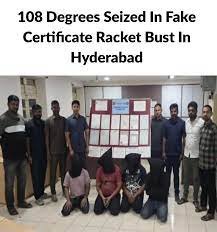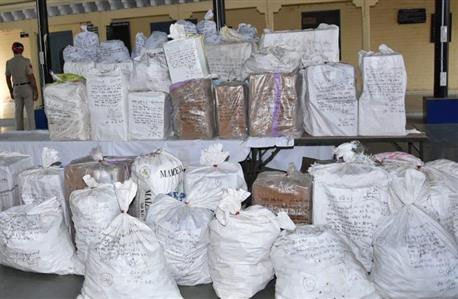Drug use affects millions of children and youth
In the last few decades, millions of children and youth have been affected by drug abuse which has become the biggest problem in the country. There are some states and cities in India that have been leaders in drug consumption. Punjab in the northern part of India has been facing a drug-like epidemic for a very long time, although it is considered one of the most developed states in the country. Even our national capital is not lagging behind in terms of drugs. Other states like Mizoram, Manipur, Goa and Mumbai are also affected by drug problems. Recently, Government of India has approved to conduct nationwide survey for drug abuse assessment.
Drug problem: Government survey in Punjab
A study was commissioned in 2015 by the Ministry of Social Justice and Empowerment (MoSJE), Government of India to find out the number of opioid/drug dependent persons in Punjab. The survey was conducted by a team of researchers from Society for Promotion of Youth and Mass (SPYM) and National Drugs Dependence Treatment Center (NDDTC), AIIMS, New Delhi, Government of Punjab in collaboration with Department of Health and Family Welfare.
The districts of Bhatinda, Ferozepur, Jalandhar, Kapurthala, Gurdaspur, Hoshiarpur, Patiala, Sangaria, Moga and Tarn Taran have been included in the study.
Some interesting facts have been followed in the survey which are as follows –
The total number of drug users in Punjab is 2,32,856.
89% of drug users are literate and educated.
83% of drug addicts in Punjab are doing jobs.
Almost all (99%) men are involved in drug abuse in Punjab.
Half of Punjab’s addicts are from 56% villages.
Heroin is the most commonly consumed drug, with 53% of drug addicts surveyed claiming it.
In Punjab, an average of Rs 1,400 per day is spent on heroin by addicts. Opium users spent Rs 340 per day and pharmaceutical opioid users spent Rs 265 per day.
Factors of drug problem in the state
Agricultural distress due to over-dependence on cash (profit) crops
lack of job opportunities
easy availability of narcotics
Links between drug organizations, organized criminal gangs, politicians and fraudulent elements of law enforcement agencies.
Efforts made by the government to tackle the problem of drugs in the state
Chief Minister Captain Amarinder Singh decided to take a strong action against the drug menace in the state after the elections. They have focused on the following priority areas:
Targeted drug gangs in STEs to reduce drug supply
To improve the current conditions of de-addiction centers to “assist outpatient patients in de-addiction treatment”
To create public awareness on drug abuse to reduce drug demand.
Drug problem: Government survey in Delhi
In a recent survey conducted by the government on the problem of drugs in the national capital, it was found that drug abuse affects youngsters as young as 9 years old. This was the first time a major government survey was conducted on the children of each and every locality of Delhi. The survey was conducted by the Department of Women and Child Development, Government of Delhi in collaboration with NDDTC at AIIMS.
Some interesting facts have been followed in the survey which are as follows –
Around 70,000 children in several neighborhoods are addicted to any form of drug consumption.
About 20,000 children are consuming tobacco.
About 10,000 children are consuming alcohol.
About 7,000 children are cigarette or bidi consumers.
About 5,600 children are consuming cannabis.
About 800 youth are using heroin.
There are also some who are addicted to pharmaceutical opioids and analgesics.
The strange fact in the survey was that children in the age group of 9 to 10 years started using tobacco, while heroin or opium habits started at the age of 12-13 years.
some major reasons
In the survey, street children revealed that they were taking drugs for various reasons. Some said that they were pressured by their co-workers. Some said they were eager to experience the after-effects of drugs, while others said they had to resort to drugs to escape hunger, cold and poverty. More than 60% of these children were living with their families or relatives. About 15-20% of them were street children to support their families, only a handful (about 10%) of school children were addicted to drugs, the survey revealed. The reason was dropped out of school.
summary
It is very difficult to ascertain how widespread the problem is. The situation is grim not only in Punjab and Delhi but also in many parts of India. The Delhi government is now planning to set up de-addiction centers in six hospitals. In the Punjab survey, it was revealed that more than 80% have attempted to quit drugs but in fact about 30% of them have received help or treatment. Experts believe that health and welfare schemes do not reach millions of people affected by drugs.
















